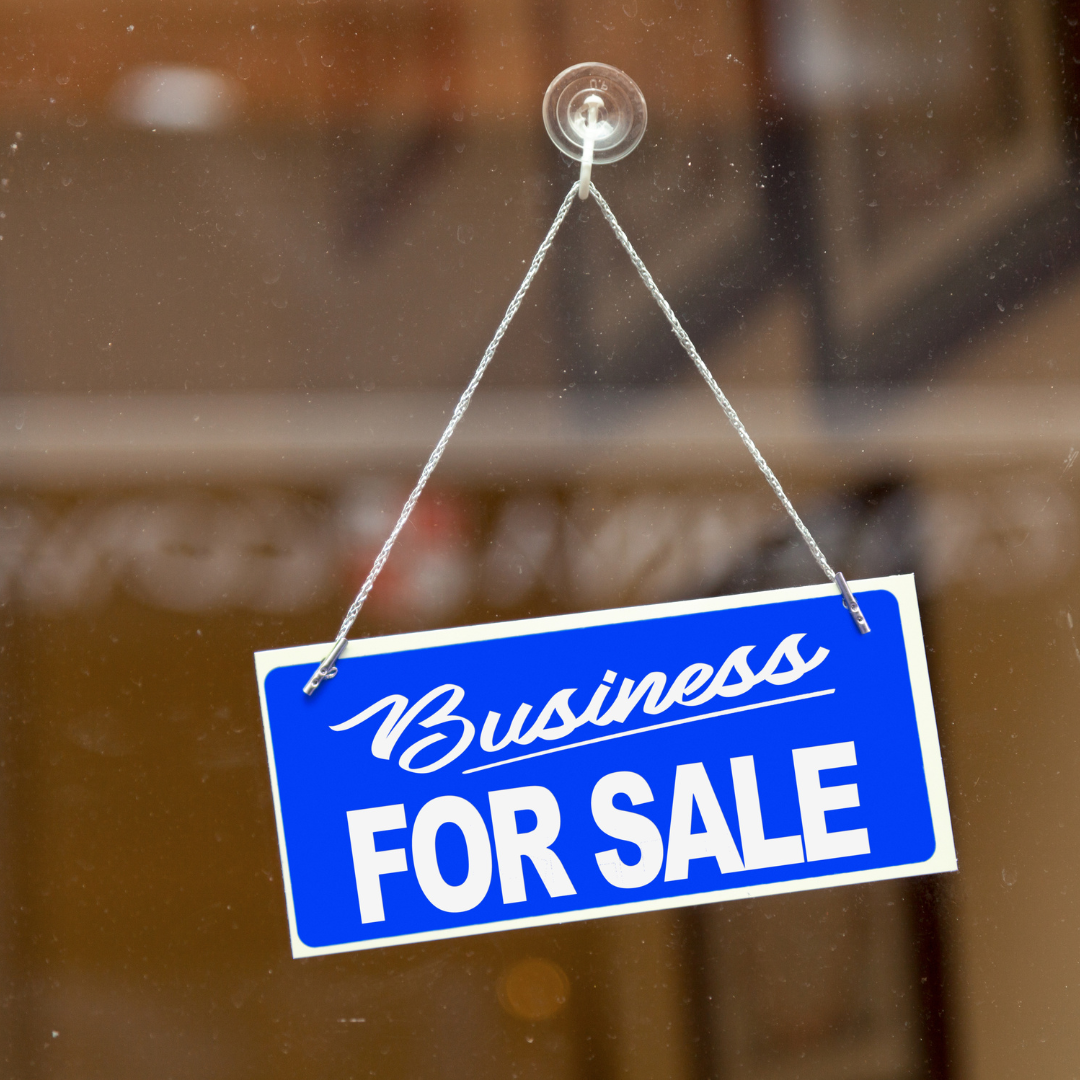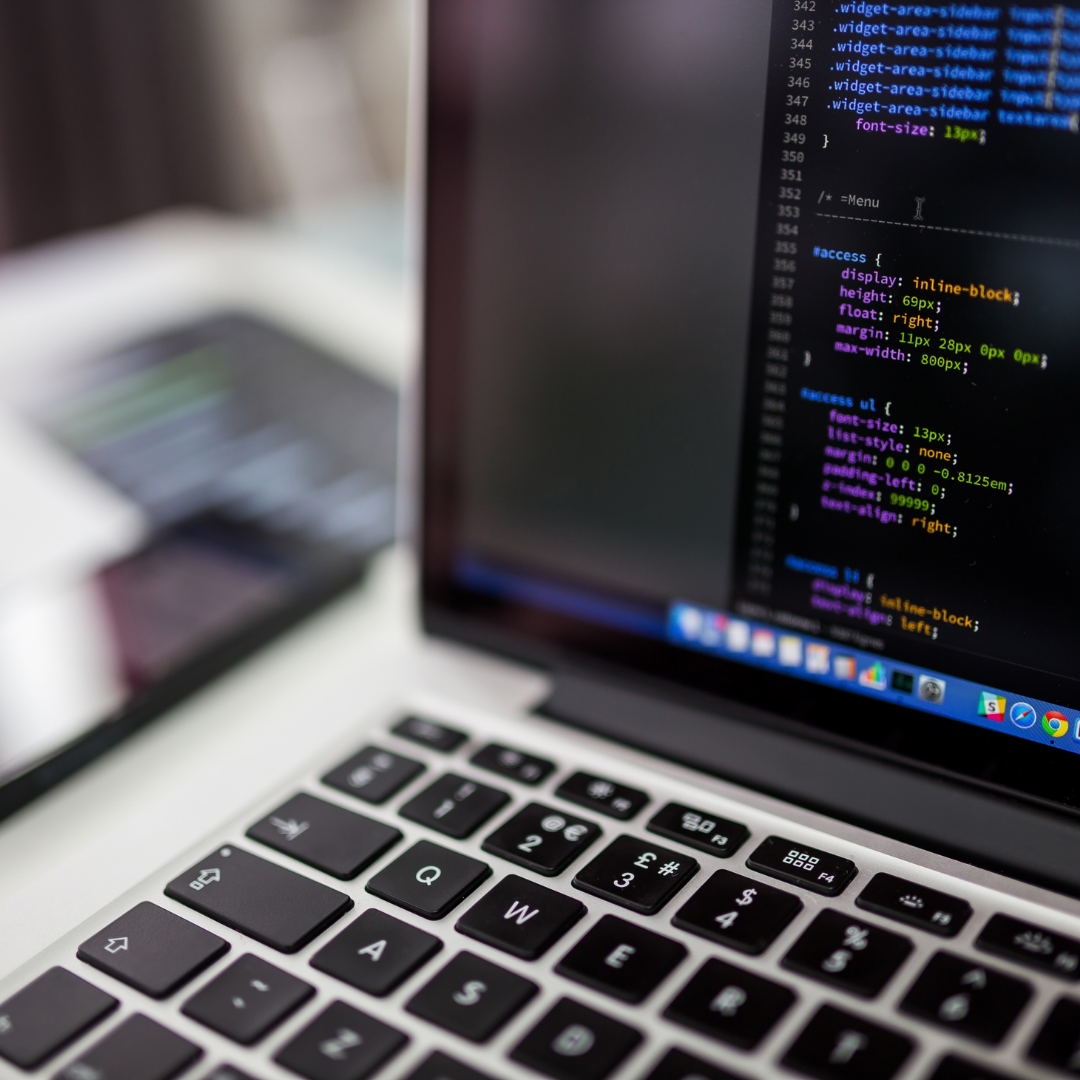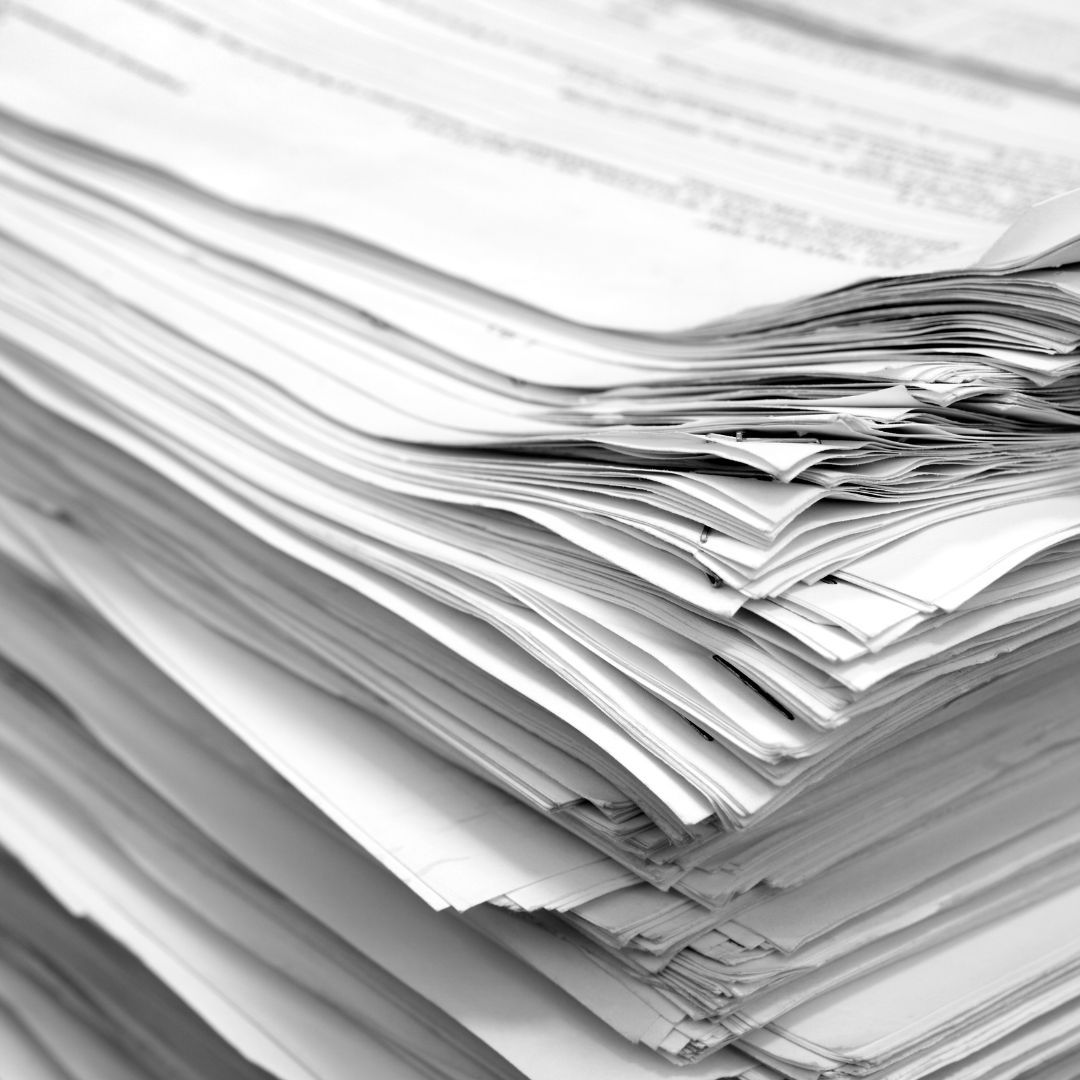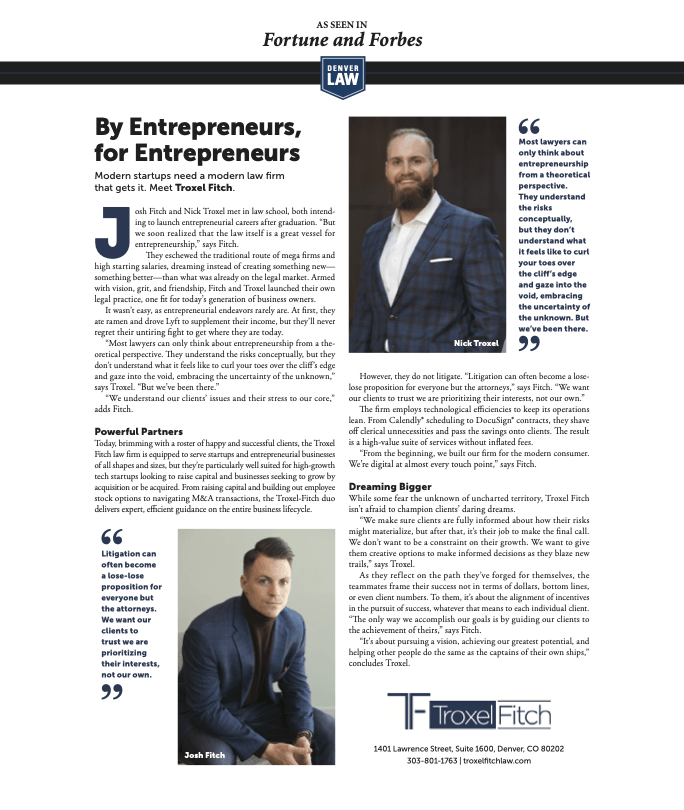Inflation Around The Nation
It’s hard to ignore the price increase of things all around us. Businesses and individuals across the country are feeling the impacts of inflation, and it is hitting hard. While costs have been, and continue to, rise, we find that inflation is affecting nearly every facet of Americans' lives. From gas to groceries to the purchase of a vehicle, it seems a bit inescapable.
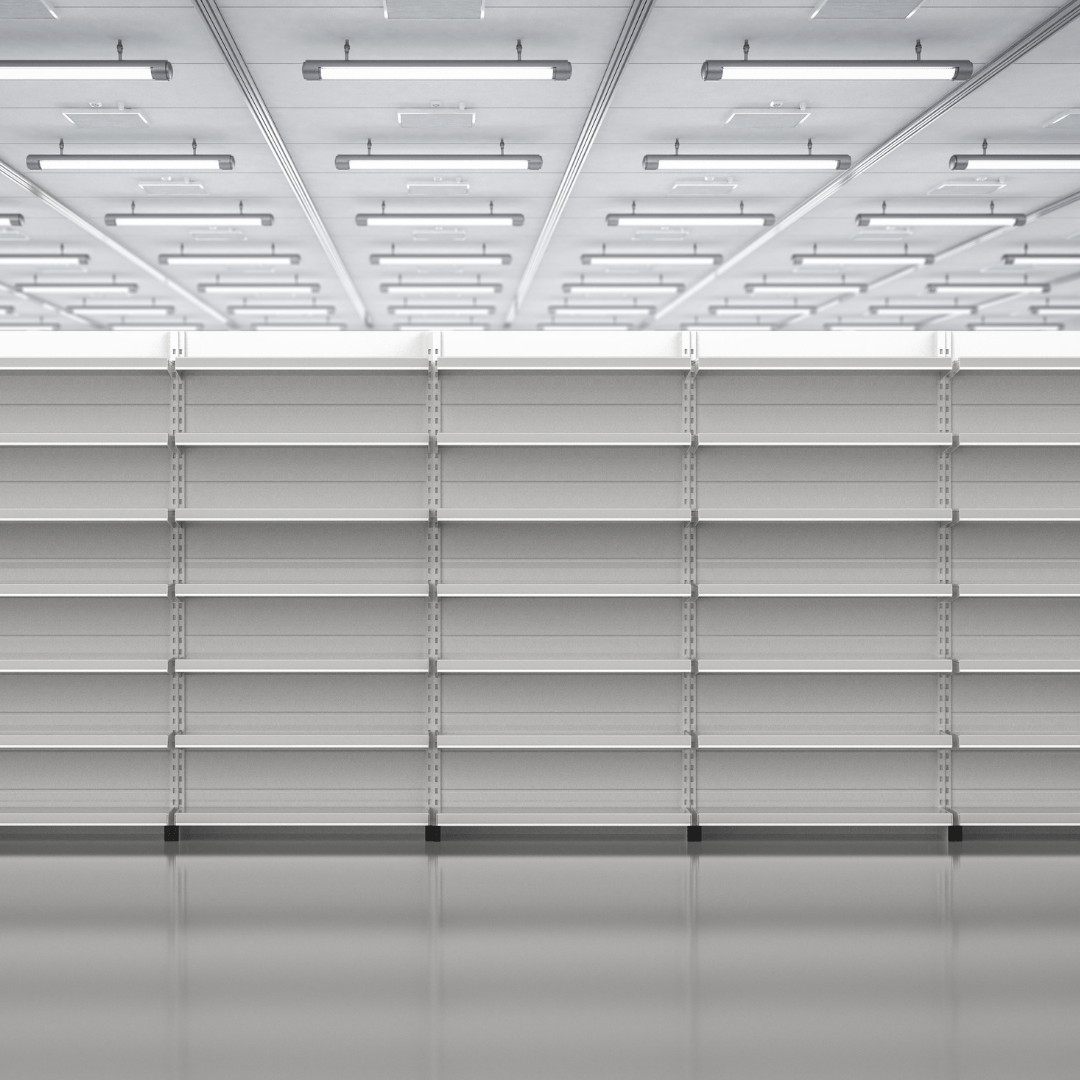
“Prices rose at the fastest pace in four decades in December, increasing 7 percent over the same period a year ago, and cementing 2021 as a year marked by soaring inflation wrought by the ongoing coronavirus pandemic. On an annual basis, 2021 still saw the fastest price inflation since the early 1980s, as broken supply chains collided with high consumer demand.”1
Let’s dive a bit deeper into the reasons why inflation is occurring throughout all aspects of our economy.
More Money to Spend
“When the pandemic struck, the Federal Reserve and Federal government, together, flooded the economy with more dollars.”2 Stimulus packages were signed and checks were sent out to households around the country. With the lockdowns continuing and more money in hand to spend, people were spending their cash faster than they normally would. “While this may have boosted the economy and helped avoid a more serious recession, it also contributed to higher inflation.”3
Consumer Demand
While people spent less on services such as travel and entertainment, more money was spent on merchandise and goods. This led to shortages across certain markets. An area that saw a major increase in consumer demand was home renovations. The demand for contract work, various home supplies, and new appliances went up drastically. Items such as windows, lumber, and appliances were, and continue to be, on back order for months. This drastic increase in demand caused prices to increase.
A Hiccup in the Supply Chain
More money in circulation and a rapid increase in consumer demand led to a large break in the supply chain. Pre-COVID, a factory would typically operate by storing a minimum amount of supplies to keep the costs of storage low. The lack of surplus supplies, combined with increased consumer demand, created a supply chain issue. The labor shortage further exacerbated this growing issue. While employees were out of work for various reasons, factories were forced to shut down and could no longer fulfill the demand needed. Even if goods could be made, there were other issues in getting them to consumers, including the fact that cargo ships were stopped and anchored off the coast, unable to deliver the goods they were carrying.4
While there is no certainty if, or when, the economy will return to its pre-COVID state, there is an optimistic view from most Americans that things will improve. A January 2022 Gallup Poll revealed the following takeaways: “Americans have not had to deal with sharply rising inflation in decades, and the vast majority expect the price of goods to continue to go up for at least the next six months. Nevertheless, they remain generally optimistic about the stock market and unemployment, and arguably, economic growth.”5
1 https://www.washingtonpost.com/business/2022/01/12/december-cpi-inflation/
2https://www.forbes.com/sites/mikepatton/2021/06/10/buckle-up-3-reasons-why-inflation-is-rising/?sh=acaa08a2f80b
3https://www.forbes.com/sites/mikepatton/2021/06/10/buckle-up-3-reasons-why-inflation-is-rising/?sh=acaa08a2f80b
4https://www.vox.com/2021/10/24/22743104/supply-chain-inflation-shortages-2022
5https://news.gallup.com/poll/389129/americans-expect-inflation-persist-next-six-months.aspx


